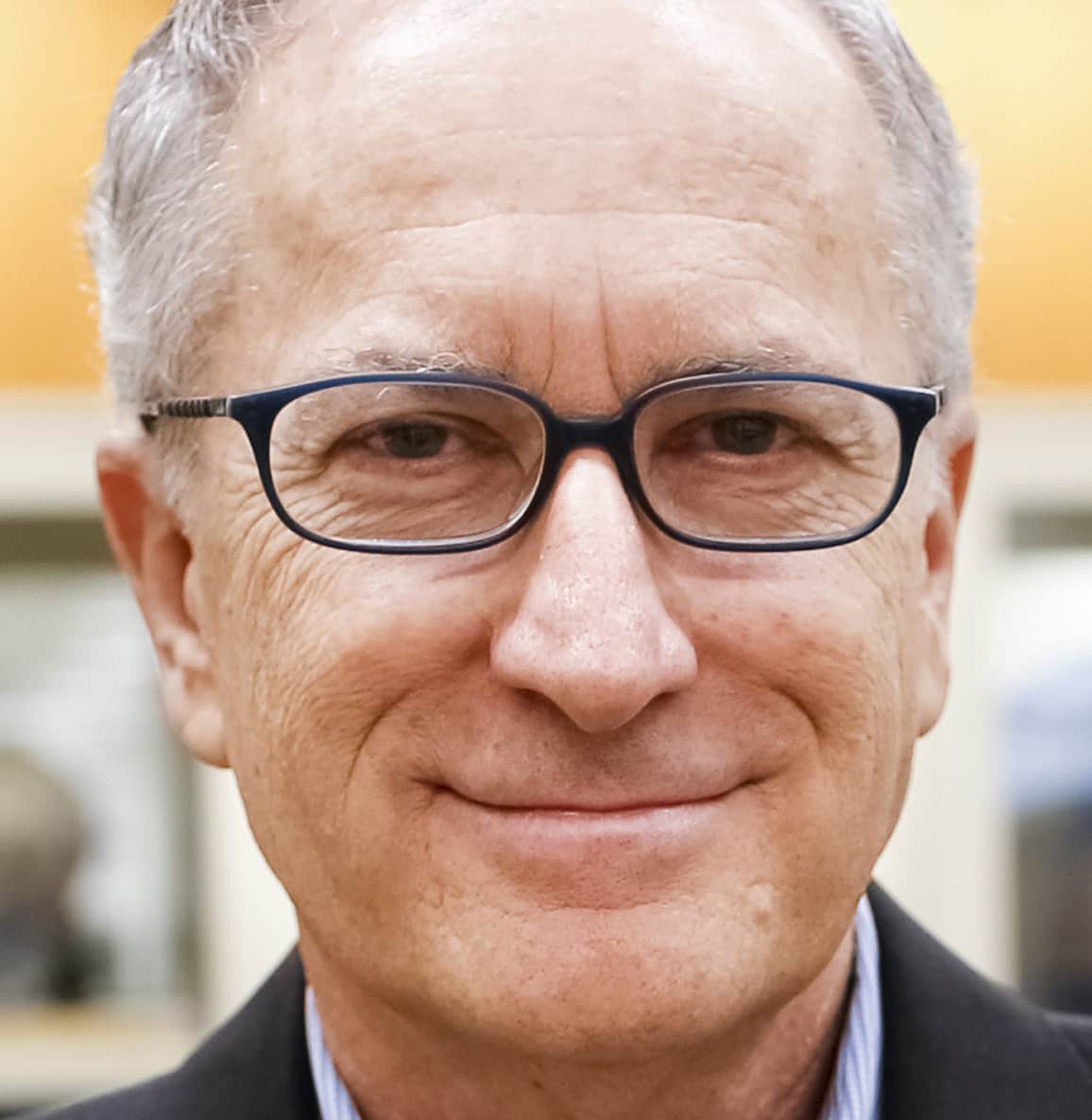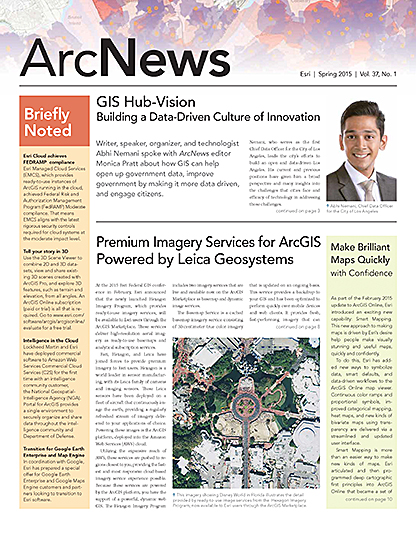Crossing Borders
“Congressional action is heating up on funding for K–12 geography and GIS education, and you can help. Proposals for reauthorizing the Elementary and Secondary Education Act (ESEA), also known as No Child Left Behind, have been released in both the House and Senate. US senator Lamar Alexander (R-Tennessee), the new Senate education chairman, has signaled that he has a serious interest in passing a bill in 2015. The House, meanwhile, has passed an ESEA reauthorization bill (H.R.5), which currently lacks bipartisan support. The Senate bill is considered much more likely to be signed into law by President Obama. The ESEA—the nation’s primary K–12 law—has not been reauthorized since early 2002.
The Association of American Geographers (AAG) has been working for the past decade to ensure that a new ESEA includes a specific funding authorization for K–12 geography and GIS education. Geography is specified as one of nine core academic subjects in the existing law but is the only one that does not have a dedicated funding stream. As a result of the lack of federal funding and attention, only 17 states require a stand-alone geography course in middle school, and only 10 states require a stand-alone geography course in high school.
In 2010, the AAG began developing the AAG Resolution Supporting K–12 Geography Education, which calls for funding of K–12 geography in the ESEA and urges the Obama Administration to include geography and geospatial education in its STEM (science, technology, engineering, and mathematics) proposals. The AAG resolution has been endorsed by hundreds of bipartisan national organizations and prominent individuals, including eight former US secretaries of state and US secretaries of defense; 20 incumbent state governors; 25 Fortune 500 companies; and a host of leading educational, environmental, and business organizations.
The large coalition of geography education supporters that AAG has assembled has helped make a forceful case to federal policy makers.
As the 114th Congress gets under way, the AAG applauds Chairman Alexander’s immediate focus on K–12 education and the reauthorization of ESEA and hopes that the final Senate bill will include a much-needed focus on the teaching and learning of geography and GIS in our schools. (See the letter sent to Senator Alexander on reauthorization.) Committee hearings have already begun in 2015 related to the ESEA, and the chairman has indicated that he would like to pass a reauthorization bill through his panel early this year.
Alexander’s current draft bill does not yet include a listing of core academic subjects and currently does not address geography specifically. Yet geographic learning is critical so that students build the spatial skills needed for careers in the rapidly growing geospatial technologies field, designated by the US Department of Labor as one of the three most important emerging and evolving fields.
When former secretary of state James Baker (who served with Alexander in the cabinet of President George W. Bush) endorsed the AAG Resolution on Geography Education, he told AAG: “During my time as secretary of state, I witnessed firsthand how important it was that Americans understood geography and the world around them. Since then, as countries have become even more interconnected, that need has grown. As a result, I support the efforts by the AAG to promote geography education in our schools, and I encourage the White House and Congress to do the same.”
Former secretary of state Madeleine Albright, upon signing the resolution, also said, “Geography played a leading role in nearly every policy decision I was involved in as secretary of state. Young Americans with an understanding of peoples, places, and cultures have a clear advantage in today’s rapidly changing global economy, and I am encouraged that the AAG is working with Congress and the administration to build support for geography education at the K–12 level.”
In addition to this growing support for federal funding for geography education, a transformative event has occurred that makes attention to this issue especially critical. Esri made a $1 billion donation of GIS technology available to all US elementary and secondary schools, both public and private. This initiative, which is aimed at strengthening K–12 STEM education, has the power to drastically improve the college and career readiness of US students in a critical technology field.
AAG is also doing its part to support this incredible gift by setting up an Esri authorized nationwide GeoMentoring network of specially trained educators and GIS practitioners (www.geomentors.net). Esri’s efforts need the support of policy makers to leverage this donation by providing needed federal funding and support to enable states and school districts to better invest broadly and on a sustained basis in geography and geospatial education. Now is the time for Congress to provide funding support for geography and GIS in a reauthorized ESEA. Boosting proficiency in these fields will undoubtedly generate new jobs and enhance economic development across the nation.
AAG will keep you apprised of new developments on this important education legislation. For regular updates, visit www.aag.org/policy. Please also consider contacting the congressional representatives in your home district and on Capitol Hill to express your own views on the importance of funding geography and GIS education in our nation’s schools. Esri has led the way with its ConnectED donation to all K–12 schools. Now is the time for Congress and the federal government to do their part to ensure strong K–12 geography and GIS education for all US students and for our nation’s future.
Contact Doug Richardson at
drichardson@aag.org.
By Douglas Richardson and John Wertman, AAG Senior Program Manager for Government Relations.
Read other articles in the “Crossing Border” series.


